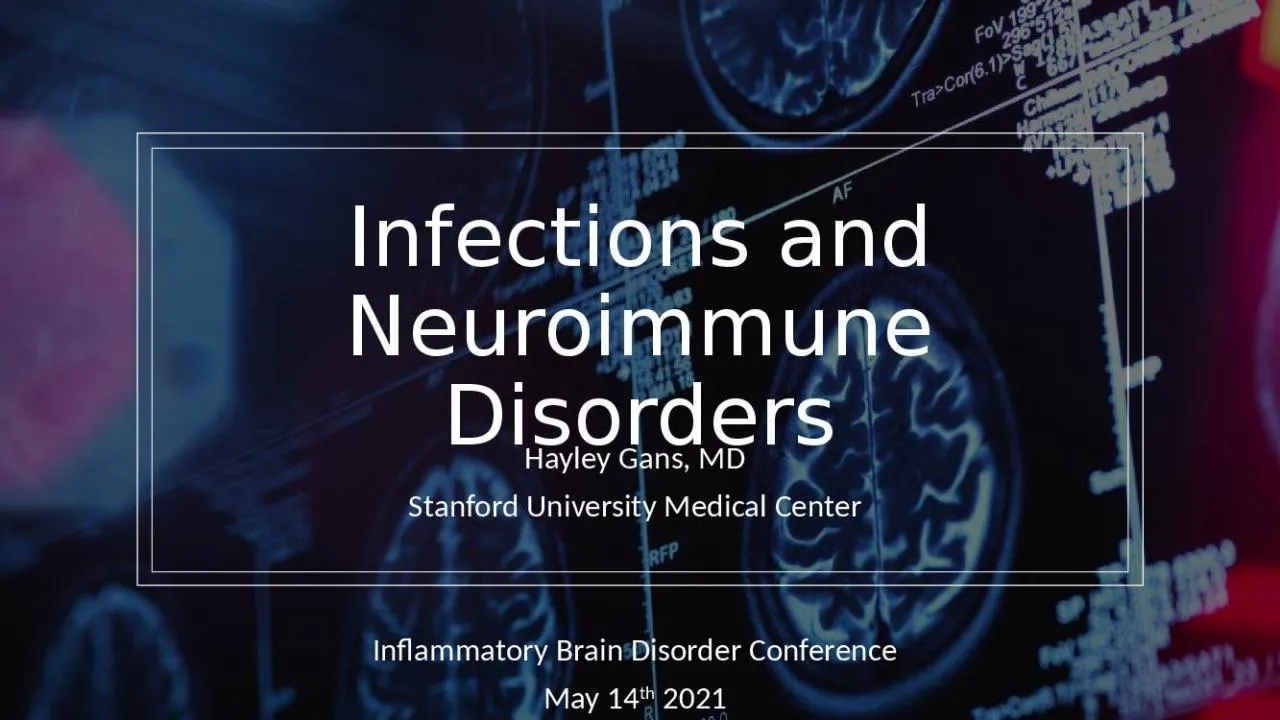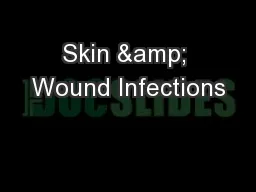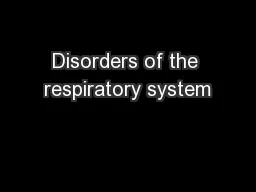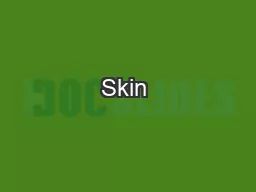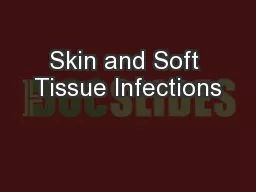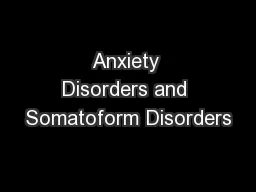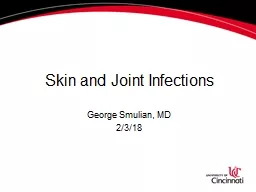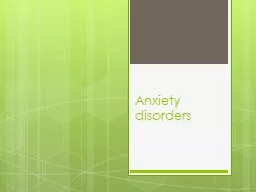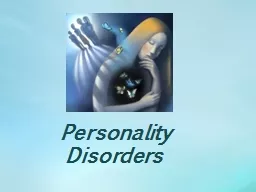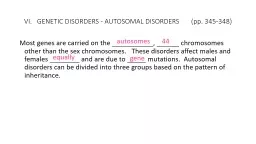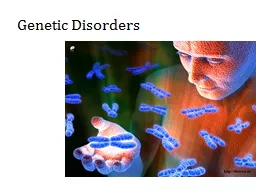PPT-Infections and Neuroimmune Disorders
Author : vivian | Published Date : 2022-02-10
Hayley Gans MD Stanford University Medical Center Inflammatory Brain Disorder Conference May 14 th 2021 No conflicts of interest Infections and central nervous system
Presentation Embed Code
Download Presentation
Download Presentation The PPT/PDF document "Infections and Neuroimmune Disorders" is the property of its rightful owner. Permission is granted to download and print the materials on this website for personal, non-commercial use only, and to display it on your personal computer provided you do not modify the materials and that you retain all copyright notices contained in the materials. By downloading content from our website, you accept the terms of this agreement.
Infections and Neuroimmune Disorders: Transcript
Download Rules Of Document
"Infections and Neuroimmune Disorders"The content belongs to its owner. You may download and print it for personal use, without modification, and keep all copyright notices. By downloading, you agree to these terms.
Related Documents

